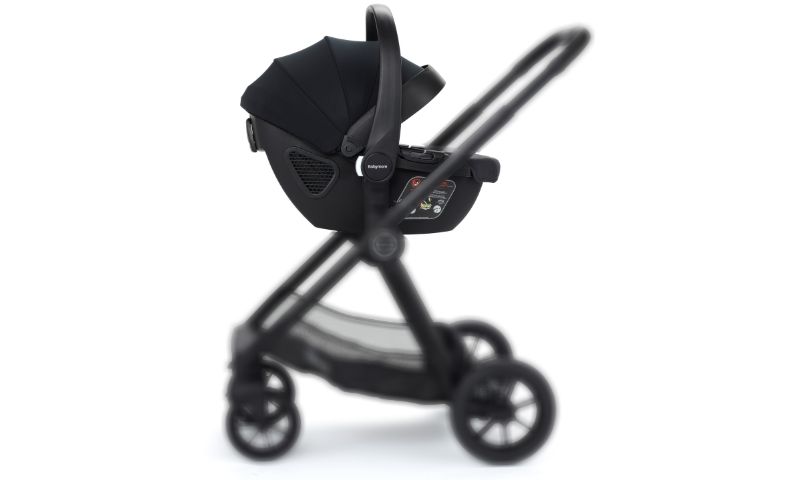
Ensuring the safety of children travelling by car in the United Kingdom is important. One of the most important aspects of child safety in a car is the proper use of car seats. To keep their children safe on the road, parents and caregivers need to understand the laws that apply to car seats. Let’s take a look at the complexity of car seat regulations in the UK.
Before getting into the regulations, it’s important to understand why car seats are so important. Car seats protect children in a crash, greatly reducing the risk of injury or death. When properly installed and used, car seats can save lives by providing critical support and protection to vulnerable passengers.
In the UK, the law mandates the use of car seats for children under a certain age, height, and weight. Here’s a breakdown of the legal requirements:
Failure to comply with these regulations can result in fines and penalty points on your driving licence, so it’s essential to adhere to the law to ensure the safety of your child and avoid legal consequences.
Selecting and installing the right car seat can be overwhelming, but here are some tips to help you navigate this process:
You have the option to select a car seat for your child based on either their height or weight.
Seats tailored to a child’s height are referred to as i-Size seats, while those based on weight offer a variety of ranges: from 0kg to 10kg or 13kg, 9kg to 18kg, 15kg to 25kg, and 22kg to 36kg.
The change in the law was prompted by experts’ concerns about the safety of backless booster seats, which they deemed inadequate for young children. A standard seat belt provides minimal protection to a child in a side-on collision because it is not positioned across the body like a booster seat.
In terms of when children can legally travel without a car seat, UK law requires that a child use a child car seat until they turn 12 years old or reach a height of 135cm, whichever comes first. When they reach the age of 12 or the specified height, they must wear a seatbelt. You might want to shop Babymore’s high-quality isofix car seat here.
Car seat regulations in the UK are in place to prioritise children’s safety while travelling in vehicles. Understanding these regulations, selecting the appropriate car seat, and ensuring proper installation are all critical steps towards keeping your child safe on the road. Parents and carers can provide the best level of protection for their children on all journeys by following the law and best practices. At Babymore, our diversified range of car seats not only presents your baby with comfort but also we make sure to comply with all laws being followed in the UK regarding car seats.








